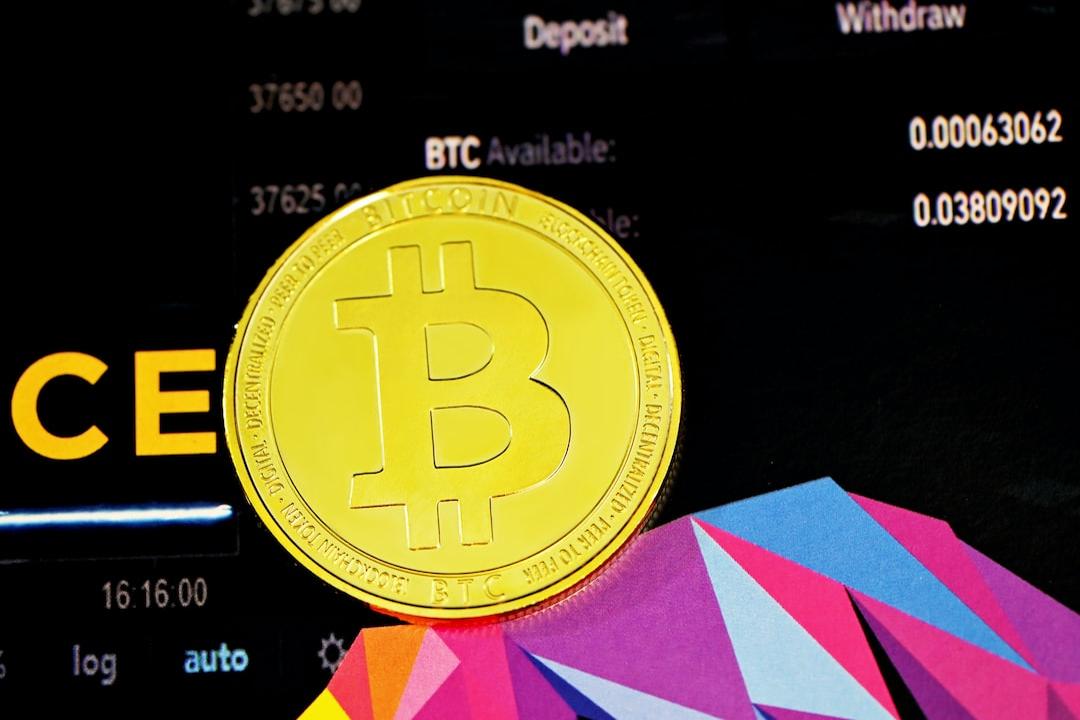The world of blockchain technology has been revolutionized by Ethereum (ETH), which has paved the way for decentralized applications (dApps) and smart contracts. However, as network congestion and high gas fees have become more prevalent, the limitations of Ethereum’s growth have become apparent. In response to this, Layer 2 solutions have emerged, offering faster transactions and reduced costs by processing them off-chain before completing them on the Ethereum mainnet.
Blobstream has recently made its debut on the Ethereum mainnet, marking a significant advancement by allowing for permissionless Layer 2 deployments through smart contracts. In this article, we will explore the potential benefits, functionalities, and implications of the Ethereum ecosystem as it relates to Blobstream.
Layer 2 solutions can be likened to express lanes for blockchain transactions, making them more efficient and speedy. By working alongside the Ethereum mainnet, L2 solutions take on security responsibilities and help alleviate computational burdens for larger transactions. Some popular Layer 2 scaling solutions include Optimism, Arbitrum, and zk-Rollups.
Blobstream stands out in the L2 landscape by introducing a permissionless framework that enables anyone to deploy a high throughput L2 by simply interacting with a smart contract on the Ethereum mainnet. This eliminates the need for complex infrastructure setup and streamlines the process of deploying L2 solutions.
Validators play a key role in monitoring new Layer 2 deployments and selecting which ones to participate in. Users can then interact with the deployed L2 smart contract to submit transactions. If any invalid transactions are detected, other validators can submit fraud proofs to the mainnet, prompting a resolution and validation process.
The benefits of Blobstream are numerous, including its potential to expand the overall capacity of the Ethereum network, reduce congestion, and lower gas fees. By simplifying L2 deployment, developers can focus on creating innovative dApps without the burden of managing complex infrastructure.
The accessible nature of Blobstream encourages innovators to experiment with different L2 functionalities and designs, fostering creativity and progress within the Ethereum ecosystem. While Blobstream offers a promising solution to L2 scaling, it is essential to consider technical aspects such as security, data availability, and interoperability to ensure a more scalable, accessible, and innovative Ethereum ecosystem in the future.

